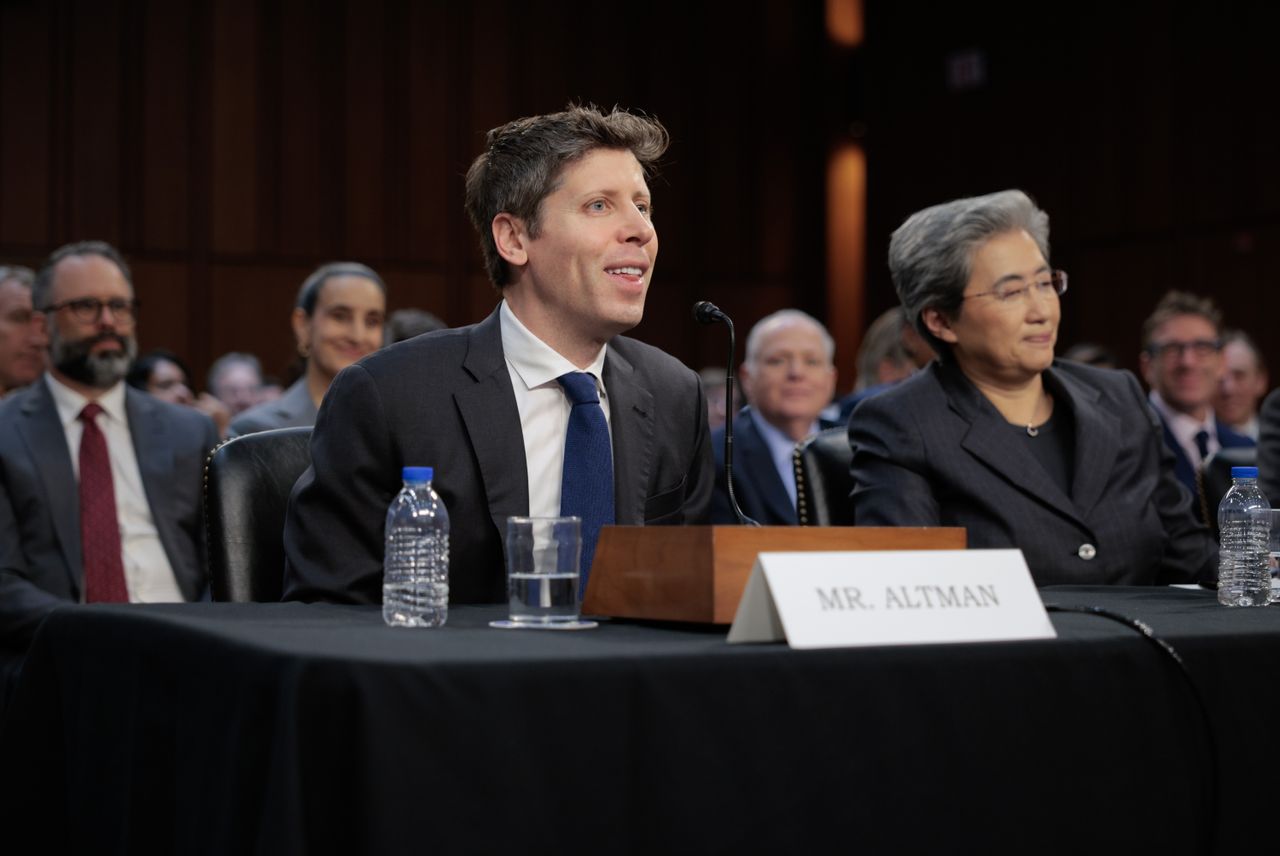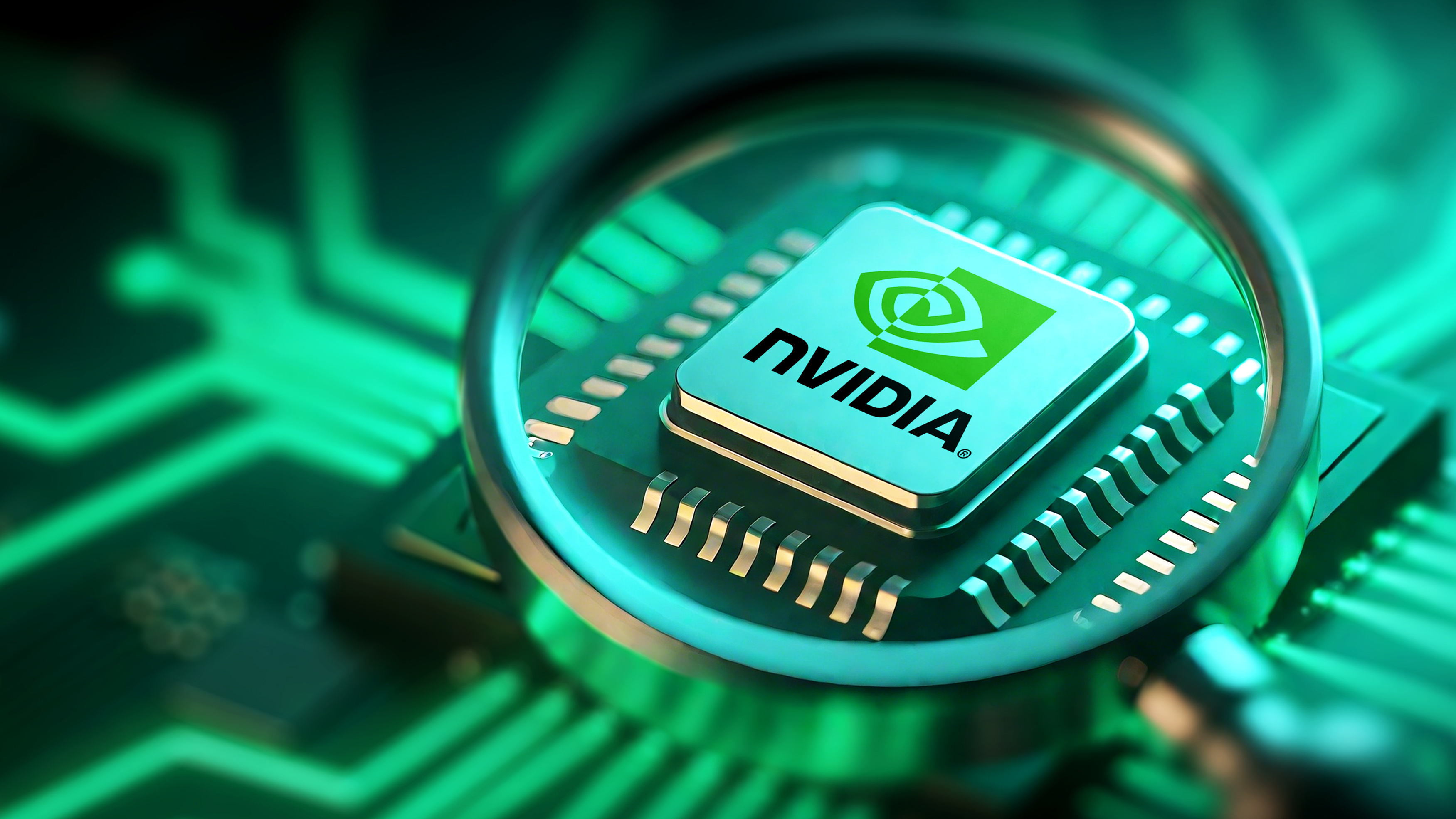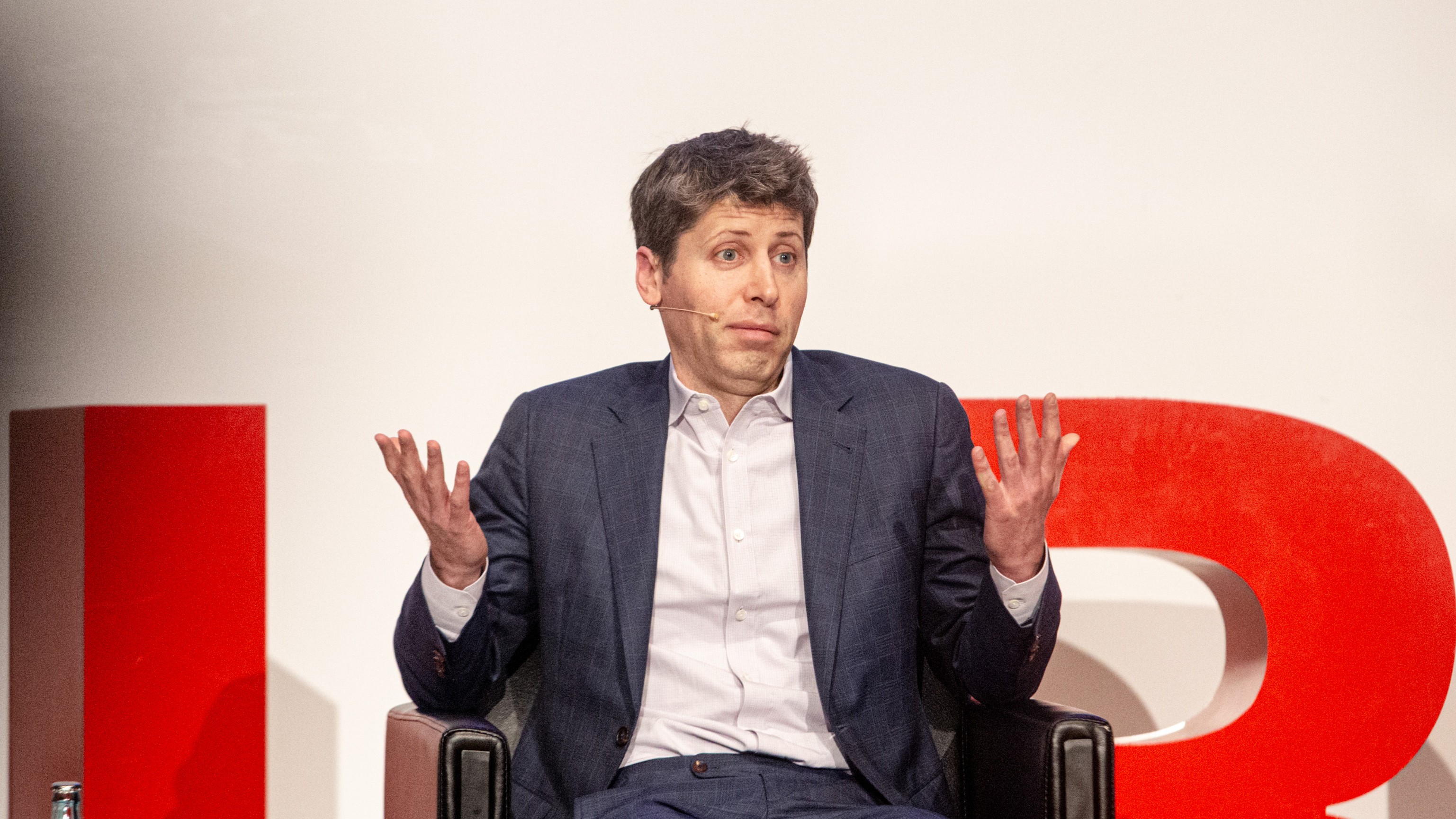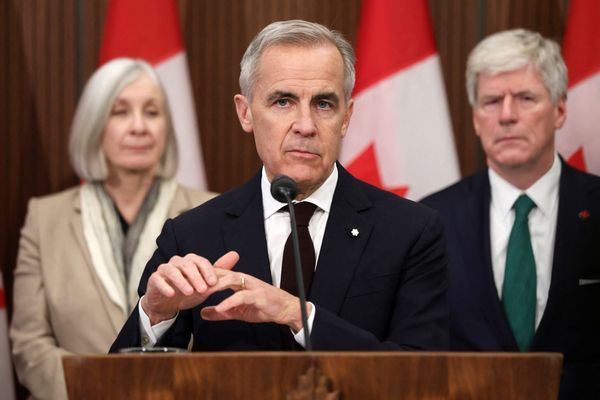
Is there anything that can topple NVIDIA's dominance in the AI market? Judging by this morning's announcement, AMD is hoping to be that company with the help of OpenAI.
AMD, one of the world's largest CPU and GPU makers, and OpenAI — the firm behind the creation of ChatGPT — today jointly announced a new partnership that will see AMD's Instinct AI GPUs power next-gen OpenAI infrastructure to the tune of 6 gigawatts.
The new agreement is said to cover "multiple generations of AMD Instinct GPUs," and the initial one-gigawatt deployment is expected to begin in the second half of 2026, specifically using AMD's Instinct MI450 AI chips.
At the time of writing, AMD's pre-market stock price is up roughly 25% compared to Friday evening when markets closed.
As part of this agreement, AMD says that it will work with OpenAI as a "core strategic compute partner" and that the companies will share "technical expertise" in order to optimize product roadmaps.
Dr. Lisa Su, AMD's CEO and full-time upbeat figure, had this to say about the partnership:
We are thrilled to partner with OpenAI to deliver AI compute at massive scale. This partnership brings the best of AMD and OpenAI together to create a true win-win enabling the world’s most ambitious AI buildout and advancing the entire AI ecosystem.
Further marrying the two companies is a warrant for 160 million shares of common stock issued by AMD to OpenAI, which are "structured to vest as specific milestones are achieved."
As is laid out in the AMD and OpenAI press releases, the first vestment will arrive once AMD's initial one-gigawatt deployment is completed. Further vestments depend on the price of AMD stock as well as OpenAI's "technical and commercial milestones" surrounding the new AMD deployments.
According to AMD's Executive VP, CFO, and treasurer, Jean Hu, the OpenAI partnership "is expected to deliver tens of billions of dollars in revenue for AMD while accelerating OpenAI's AI infrastructure buildout." Hu adds that the agreement "creates significant strategic alignment and shareholder value for both AMD and OpenAI."
OpenAI is also working with NVIDIA to build data centers

The massive new partnership between AMD and OpenAI won't likely cause NVIDIA to lose much sleep, but it is great to see some competition from Team Red.
On September 22, 2025, NVIDIA and OpenAI jointly announced something quite similar to the new AMD deal. The partnership involves the deployment of "at least" 10 gigawatts of NVIDIA AI GPUs to help run OpenAI's next-generation infrastructure.
As part of NVIDIA and OpenAI's deal, NVIDIA says it "intends to invest up to $100 billion in OpenAI" over the course of the deployment. Like the plans with AMD, the initial one-megawatt phase of the NVIDIA deal is expected to be functional by the second half of 2026.
NVIDIA's Vera Rubin platform, which NVIDIA believes will "mark another leap in the frontier of AI computing," is a superchip built on a next-gen architecture, also expected to arrive in the second half of 2026. Good timing.
OpenAI's compute problem ... solved?

OpenAI's new deals with NVIDIA and AMD arrive at a time when the AI firm is experiencing cloud compute issues.
For a bit of backstory, computing power is one of the largest obstacles for AI firms looking to scale their creations. OpenAI's multi-billion-dollar partnership with Microsoft, which granted the AI firm exclusive access to vast resources of cloud computing power, was seemingly not enough to meet OpenAI's demands.
OpenAI announced the "Stargate" project in January 2025, a $500-billion iniative to build data centers in the US. This project fundamentally changed the relationship between OpenAI and Microsoft.
While Microsoft is no longer the exclusive cloud provider for OpenAI, it retains "right of first refusal," which allows Microsoft to take the first crack at providing enough compute power. If it can't keep up, OpenAI is free to seek other sources of power.
This led OpenAI's CEO Sam Altman to claim earlier this year that the company was no longer "compute-constrained." However, it didn't take long for Altman to change his tune with this remark from the OpenAI/NVIDIA partnership announcement:
The compute constraints that the whole industry has been, and our company in particular have been terrible. We're so limited right now in the services we can offer. There is so much more demand than what we can do.
Altman went so far as to suggest that OpenAI could be forced to choose between curing cancer or providing free education to everyone on earth using 5-10 gigawatts of AI computing power.
Does that mean that the planned 16 gigawatts of combined compute power from AMD and NVIDIA will eventually allow OpenAI to perform miracles? Probably not ... but one can hope.
For the best part of a decade, Windows 10 stood as the world's most popular operating system, at least until Windows 11 surpassed its traffic earlier this year. Ten years is a relatively standard time span for OS support, but this end-of-life scenario is particularly unique, given how many PCs might not meet Microsoft's minimum requirements for an upgrade.
This page will be updated as frequently as necessary, leading up to the cutoff date on October 14, 2025, and in the following days where appropriate. Changes to Microsoft's policies aren't expected, and the ESU program will likely remain as the best option for those who would prefer to stay on Windows 10.

Follow Windows Central on Google News to keep our latest news, insights, and features at the top of your feeds!







